Introduction
In a classroom setting dominated by books, tests, and screens, dance often stands out as a liberating contrast. It’s physical, expressive, rhythmic—and deeply human. Far from being just an extracurricular activity, dance education plays a vital role in a child’s development. It connects body and mind, encourages self-awareness, and teaches discipline in a uniquely joyful way.
Yet in many school systems, dance is either underfunded or underappreciated. That’s a missed opportunity. Because when students are allowed to move with purpose and expression, they unlock far more than choreography—they discover themselves.
Why Dance Belongs in the Classroom
Dance is more than performance. It’s a language of emotion and movement, accessible to all students regardless of academic ability. It teaches:
- Body confidence and physical awareness
- Discipline and persistence
- Creativity and emotional intelligence
- Cultural appreciation through diverse dance forms
Most importantly, it gives students permission to express what they feel, not just what they know.
The Cognitive and Emotional Benefits
1. Mind-Body Connection
Dance requires coordination, rhythm, spatial awareness, and timing—all of which stimulate brain function and enhance learning in other areas, including mathematics and language processing.
2. Stress Relief and Mood Regulation
Like all physical activity, dance releases endorphins. It’s an outlet for frustration, anxiety, or joy—allowing students to process complex emotions in a safe and healthy way.
3. Increased Confidence
As students master movements and routines, they grow comfortable in their own skin. This confidence often spills over into public speaking, social interactions, and academic risk-taking.
Dance as a Tool for Inclusion
Dance speaks to every kind of learner—visual, auditory, kinesthetic. It transcends language and academic barriers, making it a particularly inclusive art form. In mixed-ability classrooms, dance can:
- Help neurodivergent students engage through structured movement
- Give introverted children a non-verbal outlet
- Promote peer bonding without the need for verbal communication
Group choreography, in particular, fosters collaboration, empathy, and shared achievement.
Designing a Dance-Friendly School Environment
1. Incorporate Dance into Physical Education
Dance doesn’t have to be siloed in after-school programs. It can be integrated into PE classes as part of the regular curriculum.
2. Diversify Dance Styles
Expose students to a wide range of styles—from classical and folk to contemporary and street dance. This not only improves physical skill but also broadens cultural understanding.
3. Create Performance Opportunities
Recitals, talent shows, or dance battles offer platforms to showcase progress. They instill a sense of purpose and can become a source of immense pride for students.
4. Use Dance as a Cross-Curricular Tool
Linking dance with subjects like history (e.g., freedom movements), literature (e.g., interpreting poems through movement), or science (e.g., anatomy through motion) deepens learning and engagement.
Supporting Dance Educators
A strong program needs more than space and music. It requires skilled, passionate instructors who:
- Understand pedagogy and age-appropriate instruction
- Value emotional expression alongside technique
- Encourage both precision and improvisation
Schools should support dance educators with professional development and collaborative planning time.
Addressing Challenges
- Space Constraints: Even small areas can be transformed into movement zones with basic mats or mirrors.
- Cultural Stigma: In some communities, dance is gendered or undervalued. Creating an inclusive narrative around dance can shift perception.
- Budget Limitations: Many dance forms require little equipment. Schools can collaborate with local artists or institutions to conduct workshops.
Conclusion
Dance in schools is not a luxury—it’s a necessity for developing well-rounded, emotionally intelligent, and resilient students. It teaches children to trust their bodies, understand their feelings, and express themselves with joy and authenticity. In a world that often values silence over expression and rigidity over movement, dance gives students permission to feel, move, and shine.
By fostering a love for dance, schools are not just shaping better students. They’re helping young people become more confident, compassionate, and connected individuals.
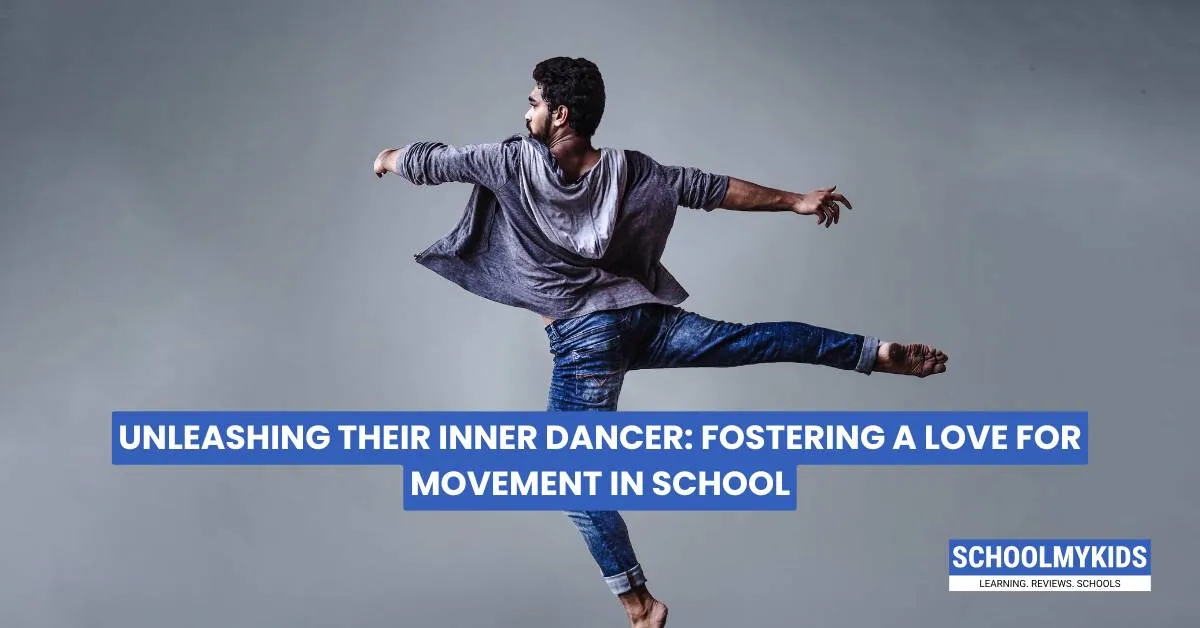


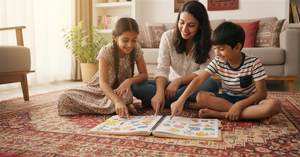
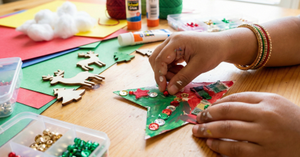
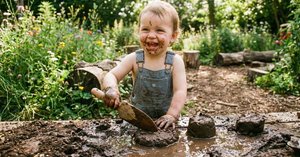


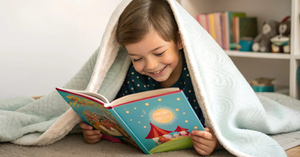
Be the first one to comment on this story.